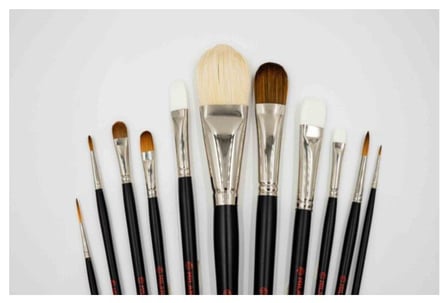
Photo caption: Artists rely on their brushes to create their masterworks. If you’re not sure which brushes to choose, you may want to go with a brush set. Photo courtesy of Milan Art Institute.
One of the things that sets exceptional (and memorable) artists apart from other artists is their brush strokes. An accomplished artist’s brush strokes are as unique as that artist’s fingerprints, and many artists, like Vincent van Gogh, were particularly noted for the power, beauty and passion that their brush strokes had.
Artists who have command of these tools are in a position to boldly leave their mark on the world. That’s why it’s so important to know the different types of brushes that exist.
The purpose of this art resource and guide is to walk you through the different types of artists brushes there are, as well as to give you some pointers for making loose, transcendent brush strokes that will move your art collectors.
Video caption: Van Gogh: Techniques and Methods, Museum of Fine Arts, Boston
Types of Artists’ Brushes
The Flat Brush: This rectangle-shaped brush allows you to make a number of different kinds of strokes.
The Bright Brush: Similar to the flat brush, but with stiffer, shorter brush hairs.
The Filbert Brush: This brush has a rounded tip. Make rounder brush strokes and softer edges with this brush.
The Round Brush: These are pointy with long hair and are great for detail work.
The Fan Brush: Use this brush when you want to blend or add some subtle texture to your work.
The Glaze Brush: This large, soft brush allows you to cover large areas of your canvas.
The Shader Brush: These brushes are stiff with short hairs.
The Cat Tongue Brush: Shaped like a cat’s tongue - hence the name - these brushes are a little similar to the filbert, but with a pointier end.
The Liner Brush: A small, detail brush.
The Script Brush: Similar to the liner, but with longer brush hairs.
The Liner Brush: A very small detail brush with long brush hairs.
The Egbert Brush: Also similar to a filbert brush, but with longer hair that resembles a flat brush without a rounded end.
The Mop Brush: Used for washes of thinner paint, this brush is very full and round.
Video caption: How to Clean Your Brushes
How to Create Loose, Emotion-Filled Brush Strokes
In the Mastery Program, art students are taught how to create looser, more masterful brush strokes. This does take time and practice, but the results speak for themselves.
1. Don’t Fix Mistakes by Reworking Brush Strokes
You should lay your brush strokes down in layers, trying to avoid blending the strokes. Stabbing, dabbing and over-mixing brush strokes make them look muddy and steal their vibrant emotional power. Put the brush strokes down, allow them to dry and then go back over the painting and fix mistakes after the paint has dried.
2. Put Your Brush Strokes Down With Confidence
Ironically, if you care too much about the outcome of your painting, your paintings will often look stilted and the brush strokes will lose their impact. Therefore, it’s best to lay down your brush strokes with confidence. Again, you can always correct them later.
3. Never Repeat the Same Stroke or Color
Once you lay down a brush stroke on your canvas, change the color and the stroke of your brush strokes the next time you put brush to canvas. This allows you to avoid blending your brush strokes and keeps your paint colors looking lively.
Along the same lines, using different brushes throughout your painting allows you to add more variety to your work. Your heart, passion and technique will show in your work, making your work more emotionally gripping to those who see it.
Final Words On Artists’ Brushes
The brushes you choose have a significant impact on the paintings you’re able to create. They can mean the difference between creating a just okay painting and a potential masterwork. The key is to learn what types of artists’ brushes there are and how to lay down your brush strokes in a loose, expressive manner.
If you’re interested in learning more about how to paint making masterful brush strokes filled with passion and emotion, look into our Mastery Program. This professional-level program will teach you this and other important art techniques.
Learn More Art Techniques to Create Powerful Art
Basic Materials all Artists should have for Drawing and Oil Painting
7 Things Artists Should Know When Choosing Their Brush
How to Remove Paint from Clothes from Home
Milan Art Institute
Subscribe to Our Blog
Browse Posts
Browse by topics
- art inspiration (45)
- become a professional artist (38)
- art techniques (35)
- art tips (23)
- art tutorial (22)
- art history (17)
- art skills (17)
- hero artists (17)
- painting (14)
- art masters (13)
- art supplies (13)
- drawing (12)
- acrylic painting (9)
- sketching (9)
- art education (8)
- oil painting (8)
- art marketing (7)
- sell your art (7)
- art and travel (6)
- art fun (6)
- artist mindset (6)
- fine art (6)
- travel sketching (6)
- art studio (5)
- artist brand (5)
- artist voice (5)
- holidays (5)
- professional habits (5)
- traveling (5)
- art business (4)
- oil paint (4)
- professional artist habits (4)
- art resources (3)
- doodling (3)
- professional artists (3)
- urban sketching (3)
- art career (2)
- art school (2)
- art therapy (2)
- artist block (2)
- branding (2)
- cleaning (2)
- color (2)
- creative block (2)
- decorative market (2)
- dreams (2)
- paint (2)
- quotes (2)
- surrealism (2)
- art entertainment (1)
- art galleries (1)
- art influencers (1)
- art markets (1)
- art photography (1)
- art portfolio (1)
- collecting art (1)
- coloring (1)
- composition (1)
- decorative art (1)
- eco friendly (1)
- environment (1)
- impressionism (1)
- mixed media (1)
- narrative art (1)
- plein air (1)
- portraits (1)
- price your art (1)
- right brain (1)
- success stories (1)
- symbolism (1)
- time management (1)
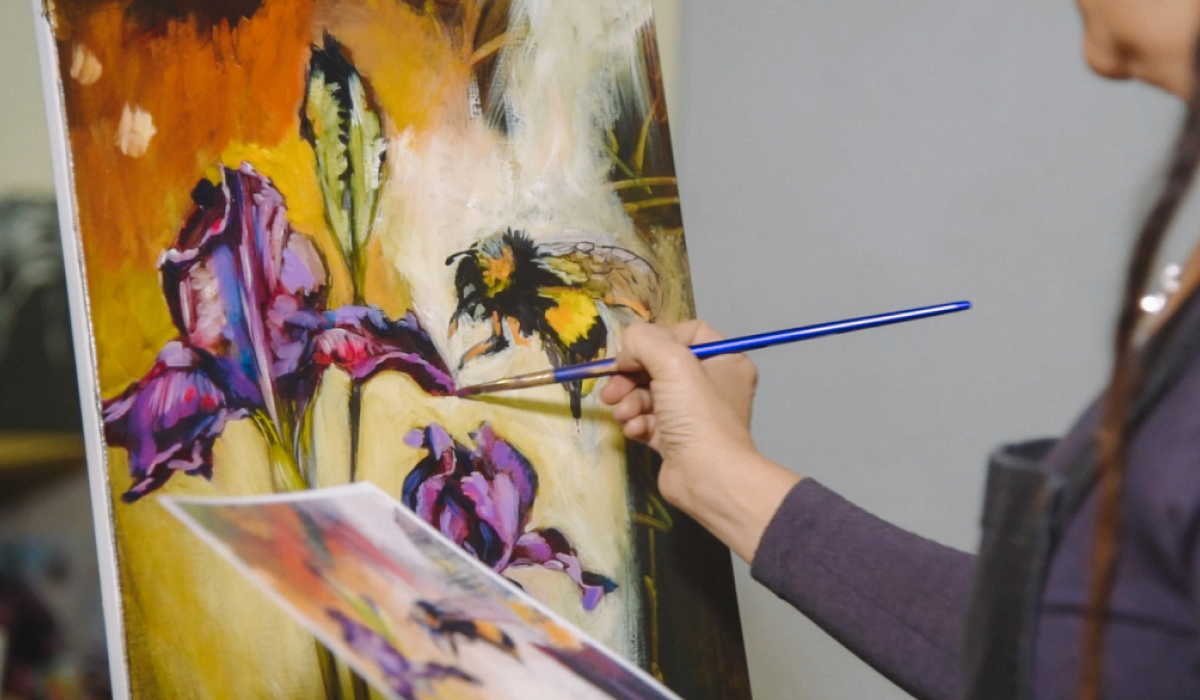
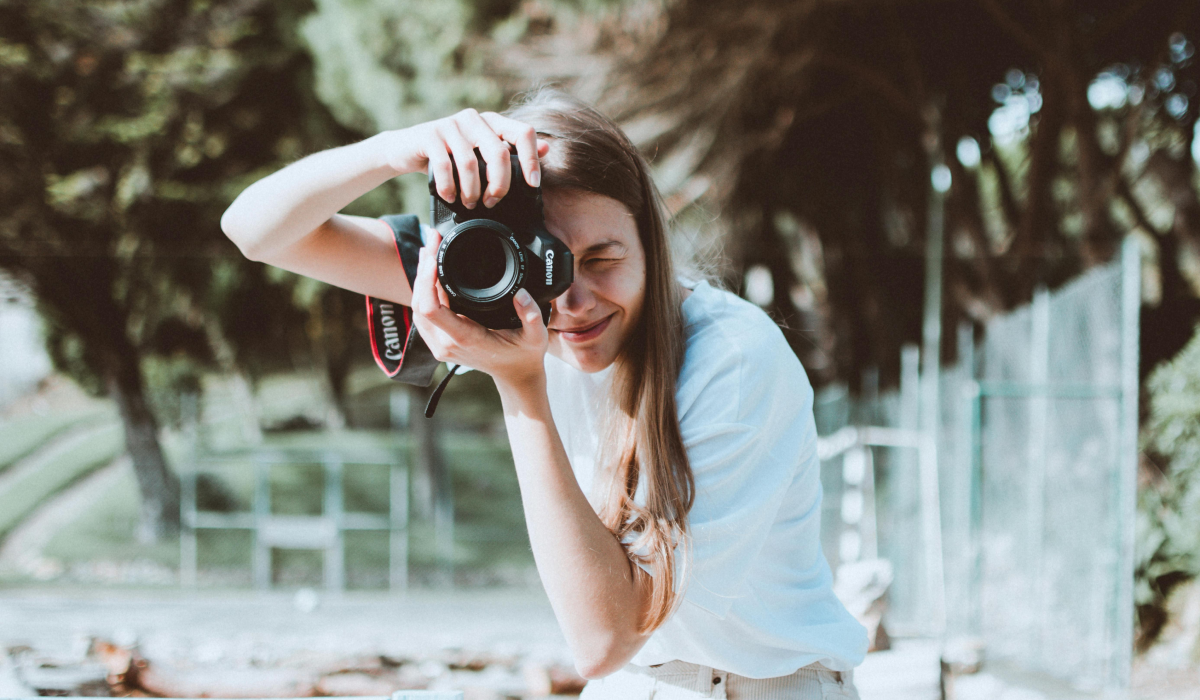
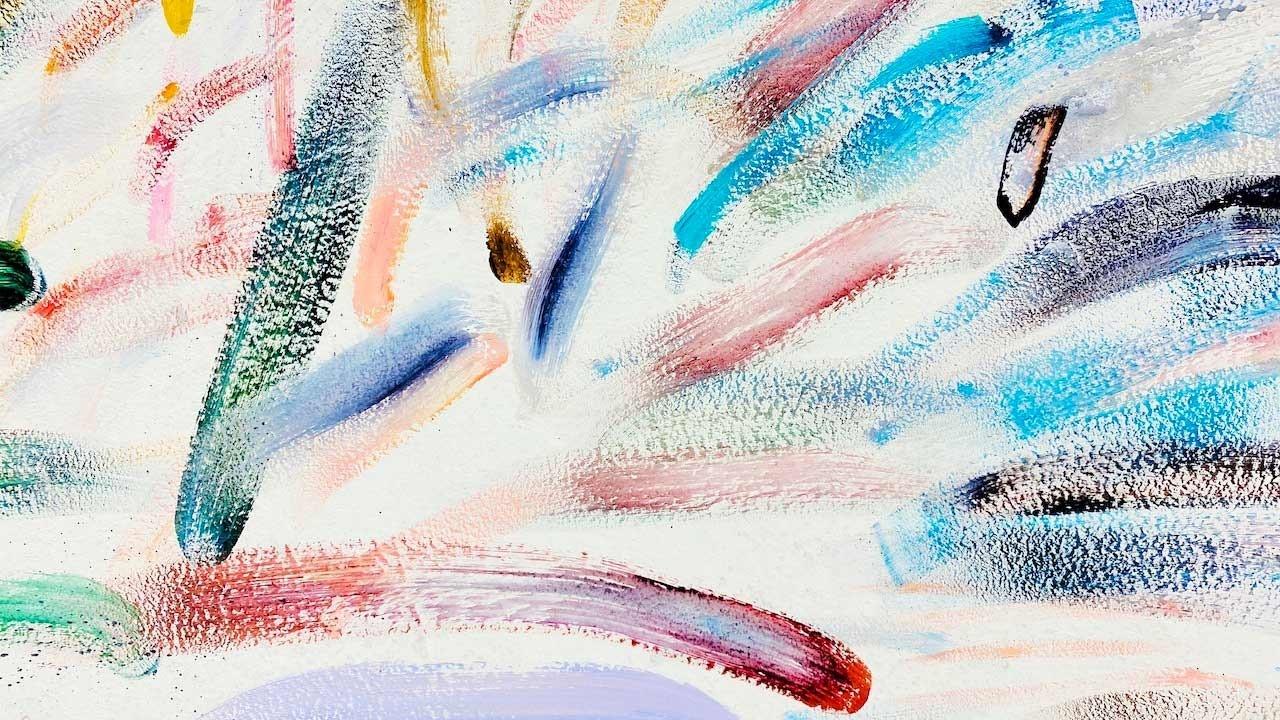

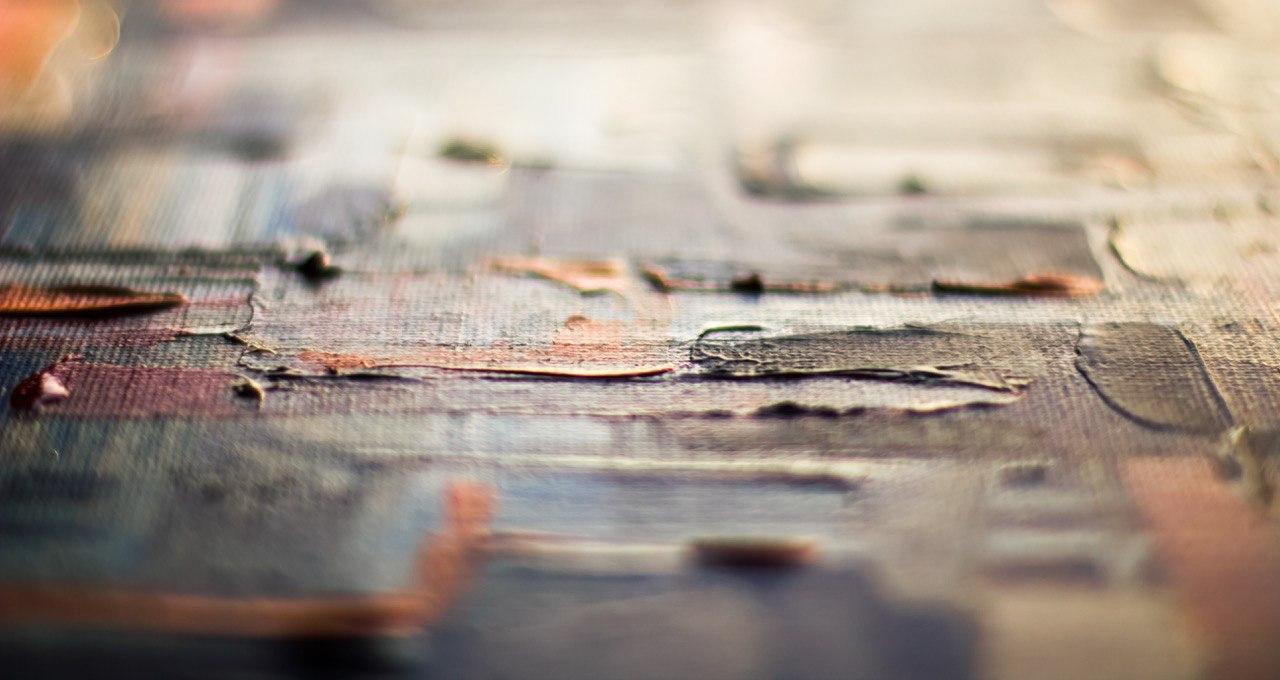
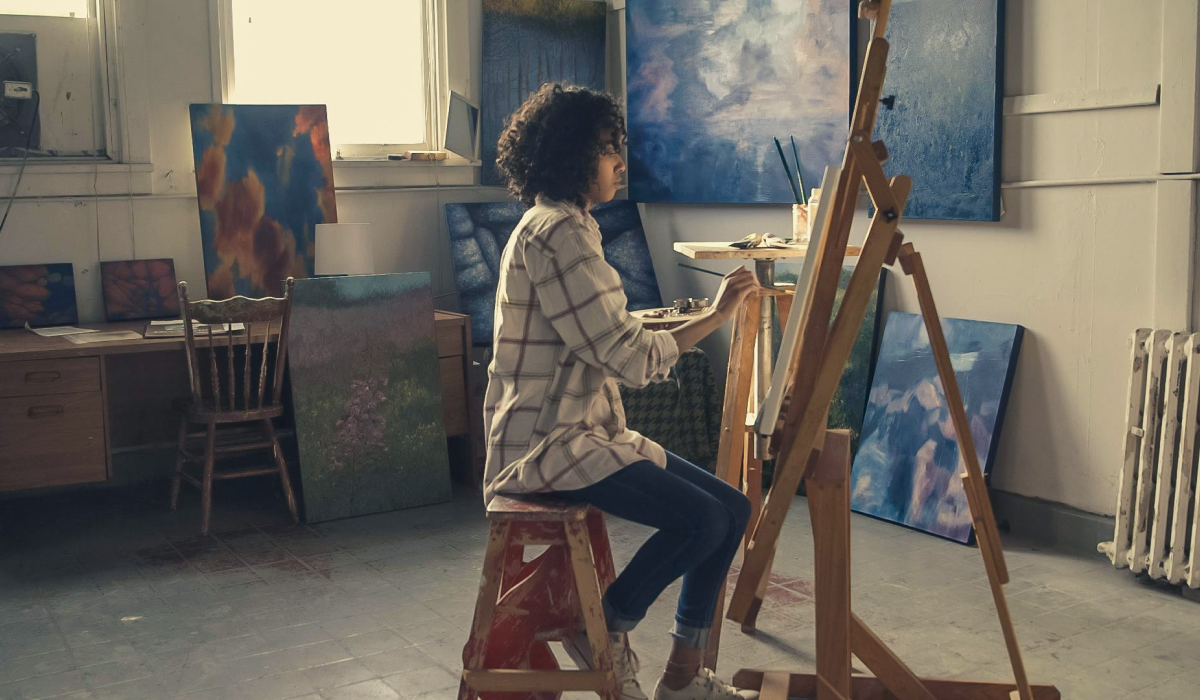
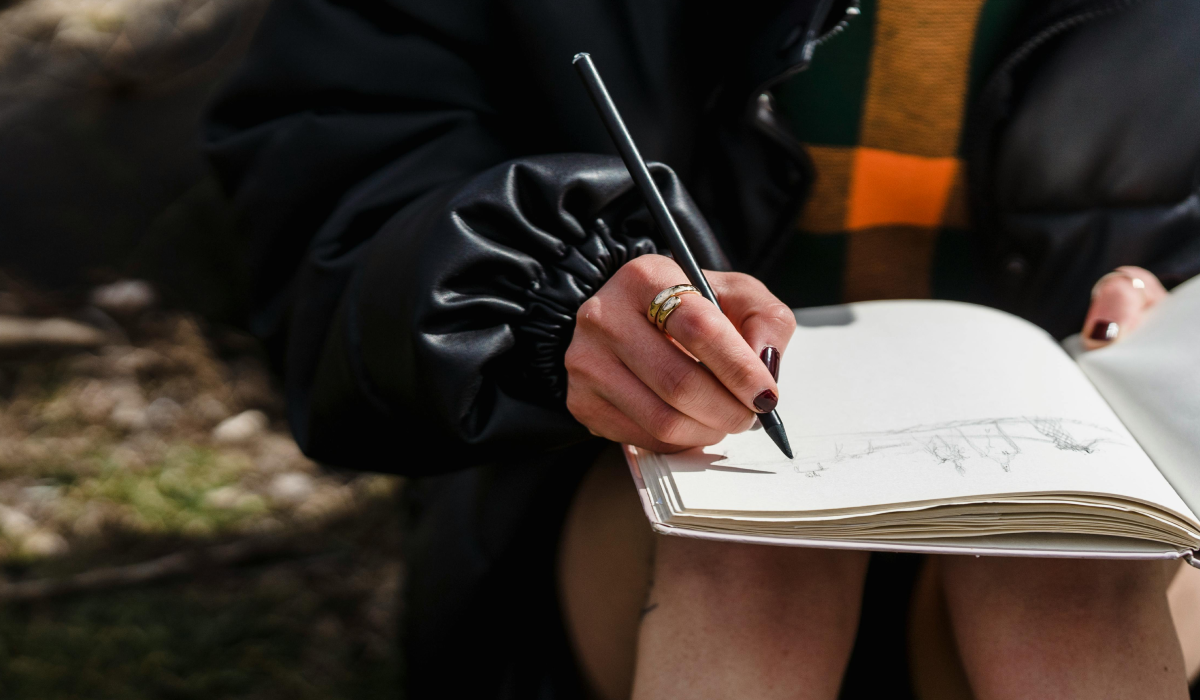

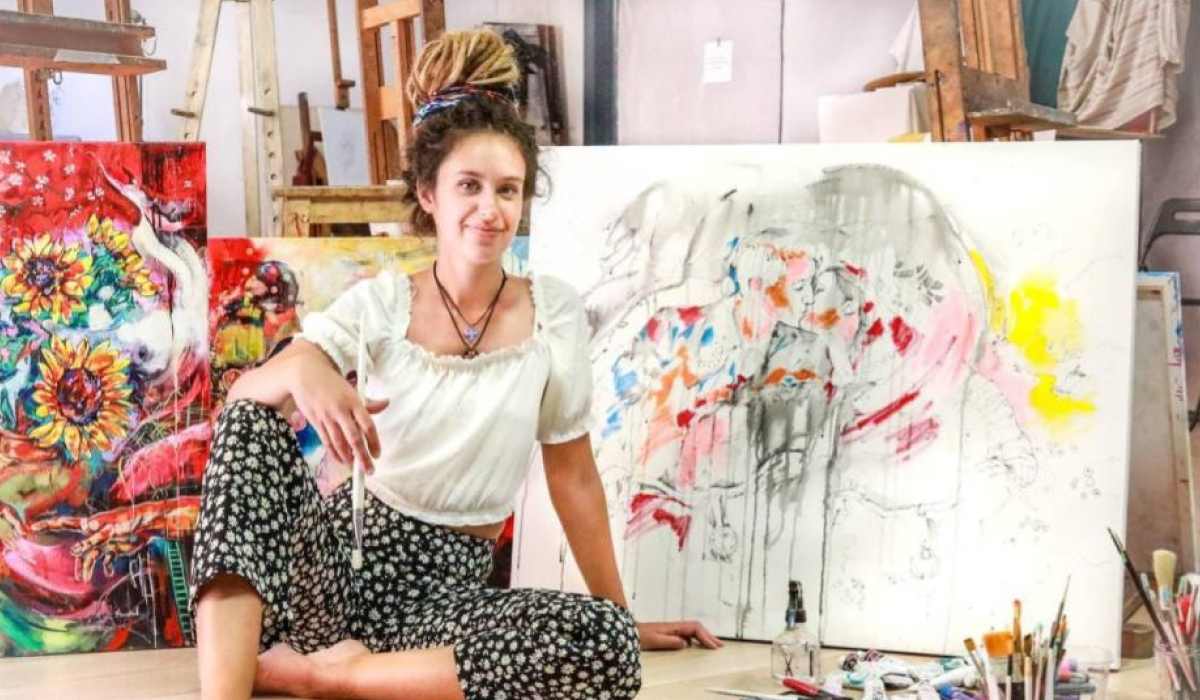
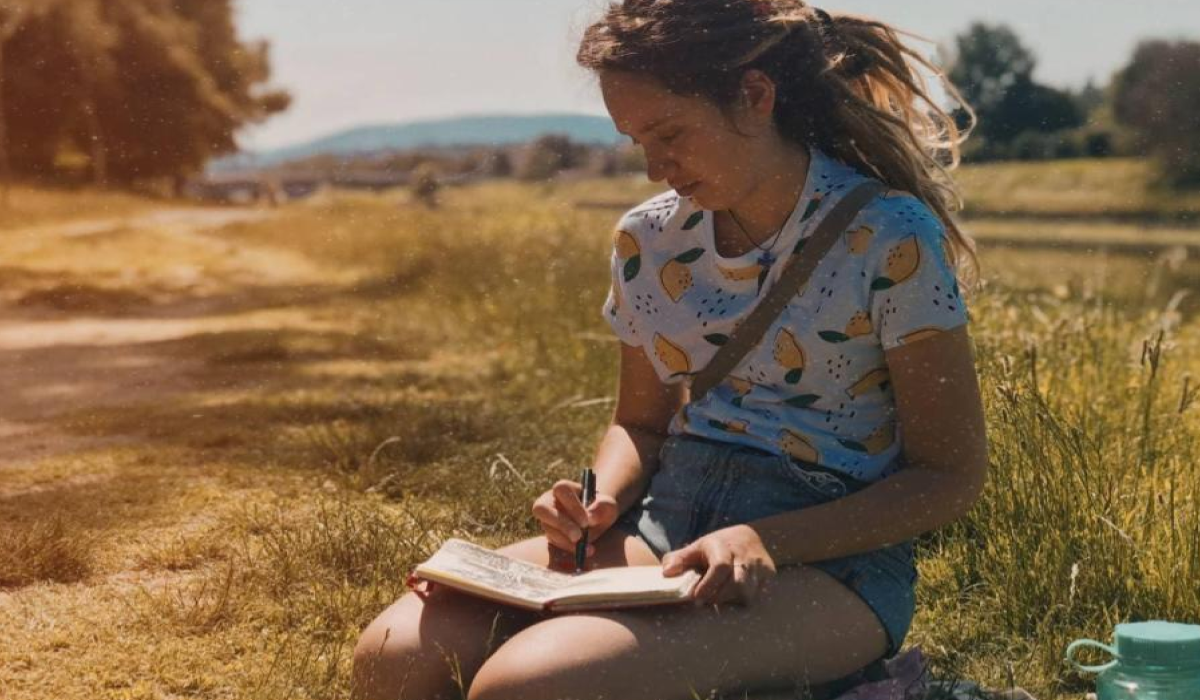
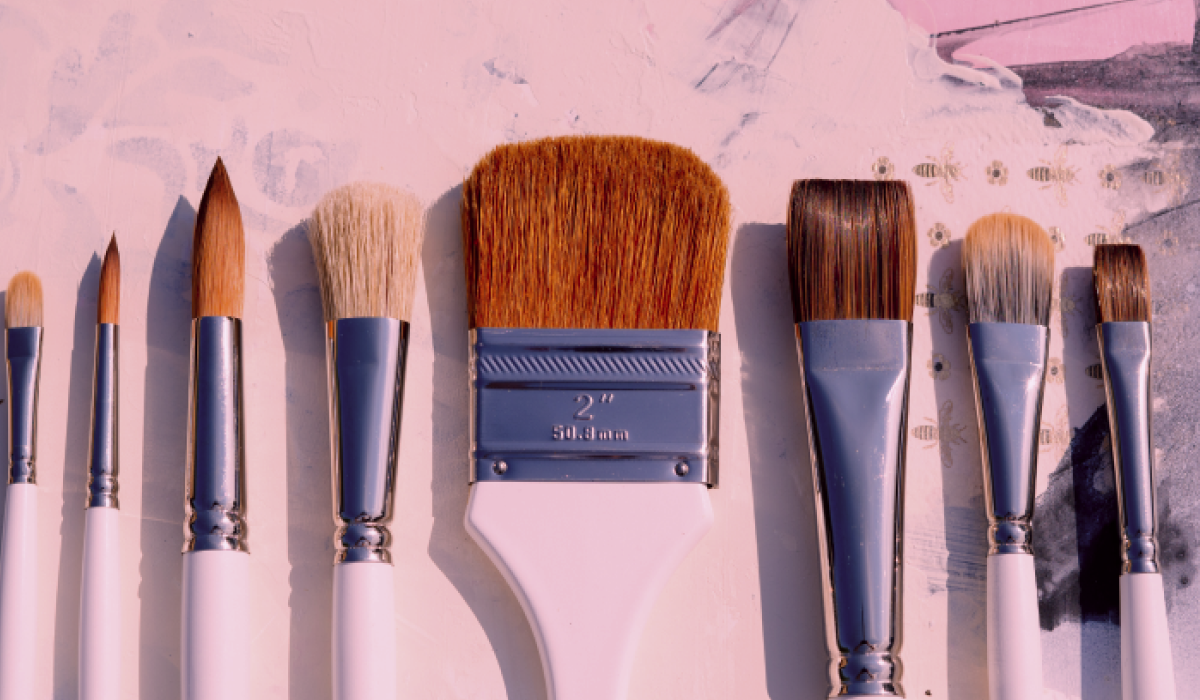
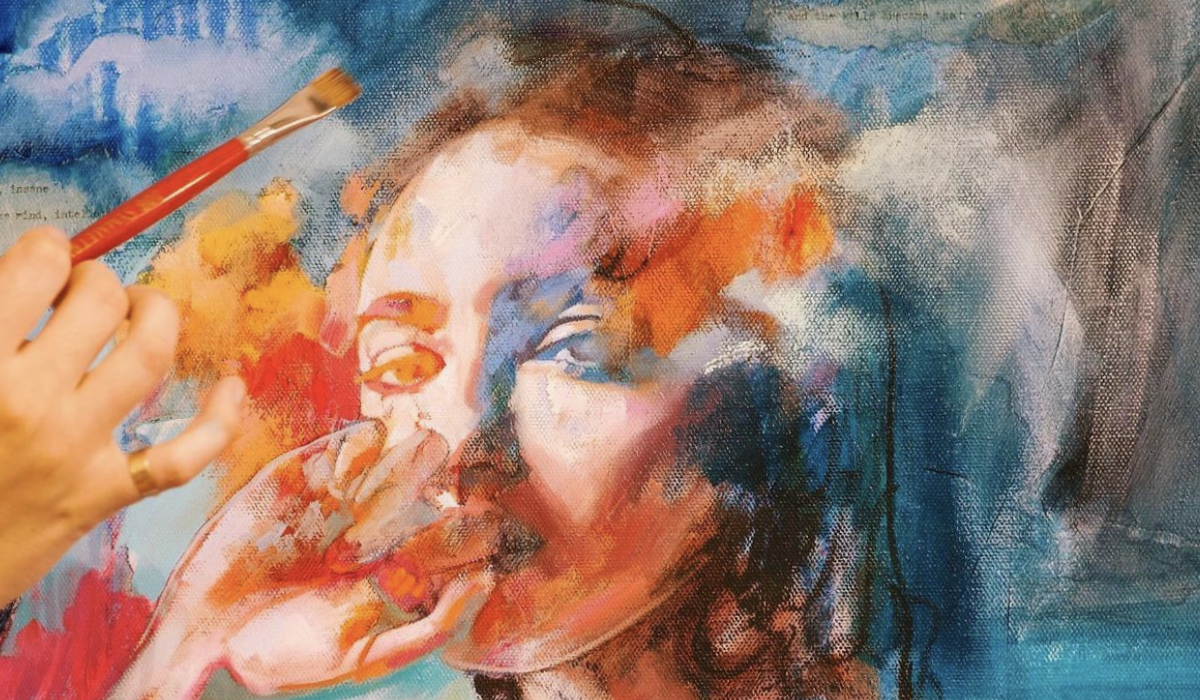
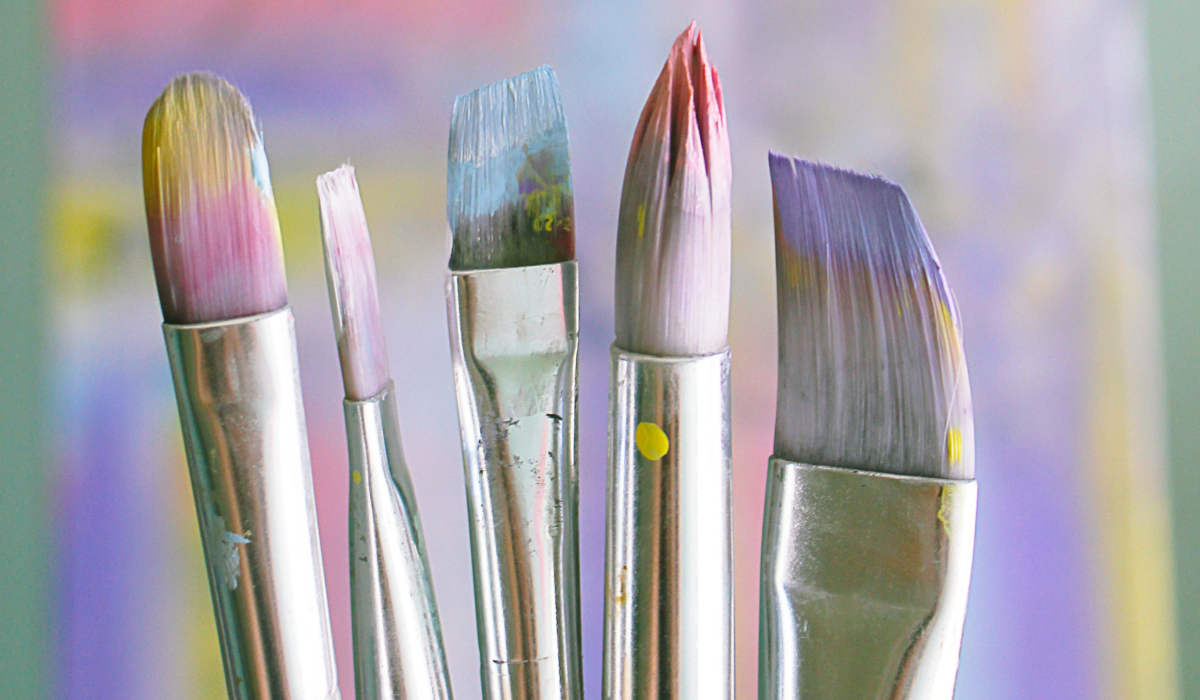
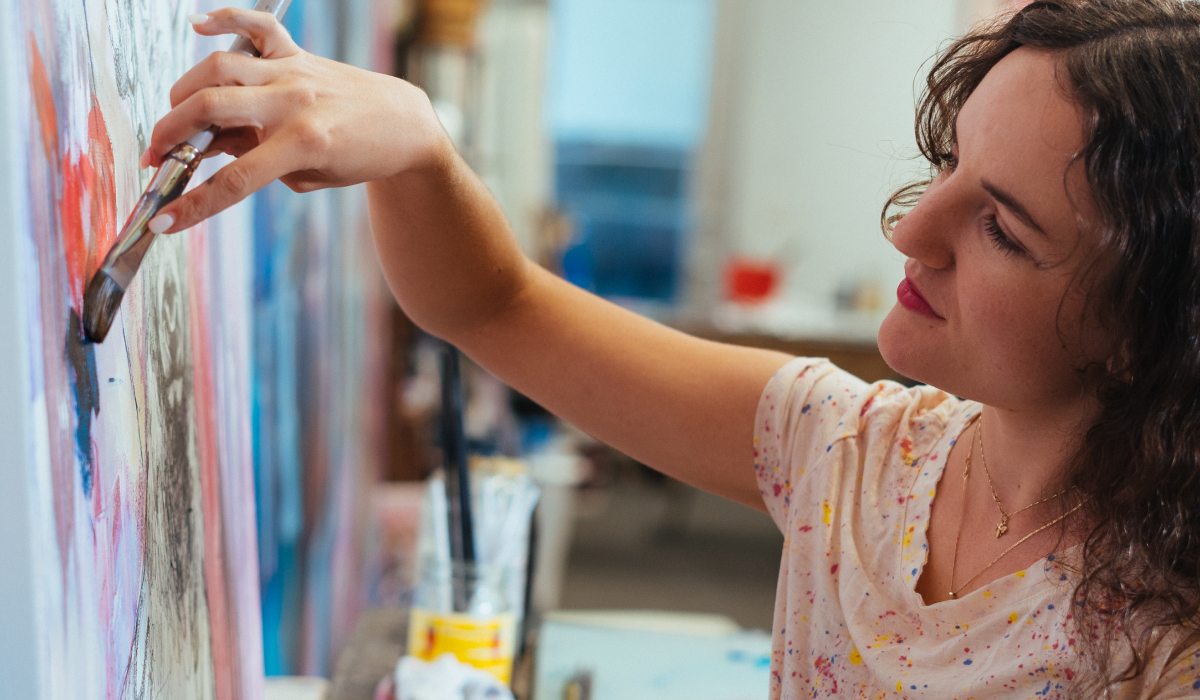
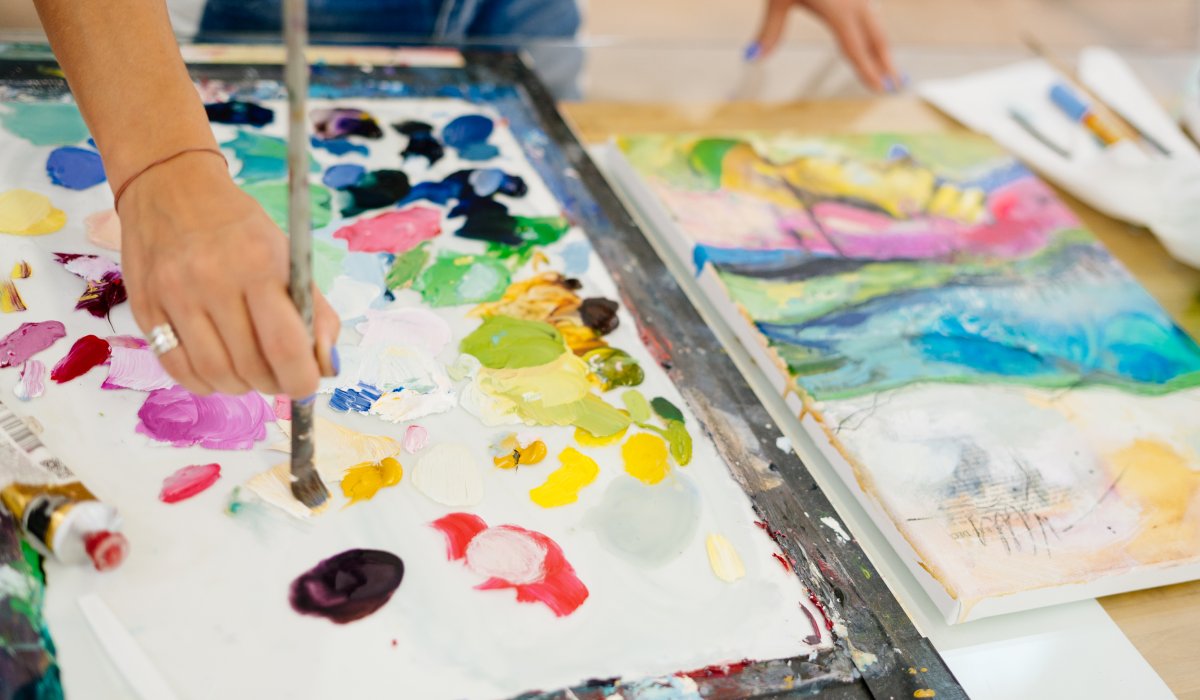
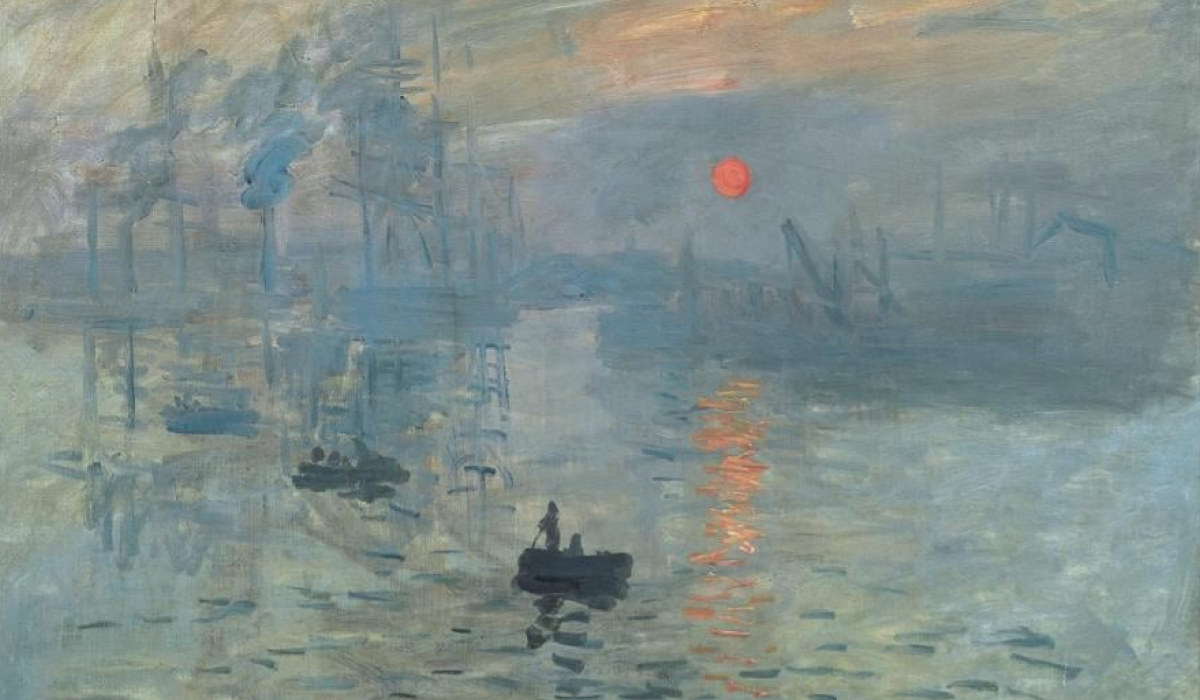
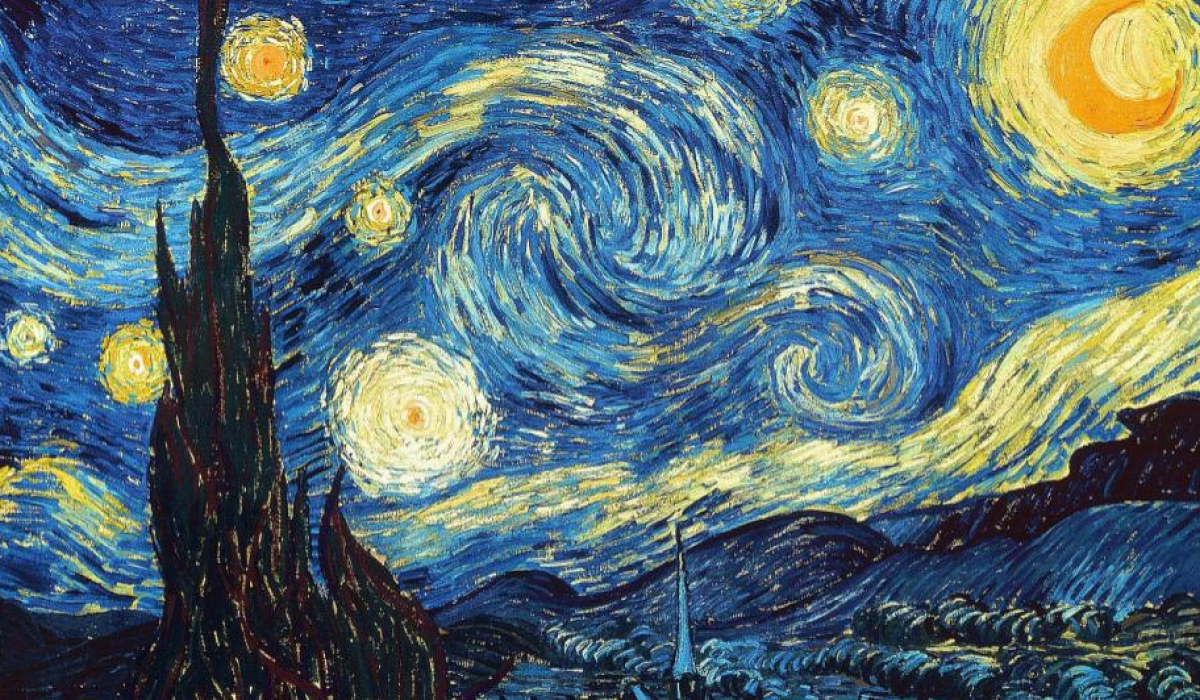
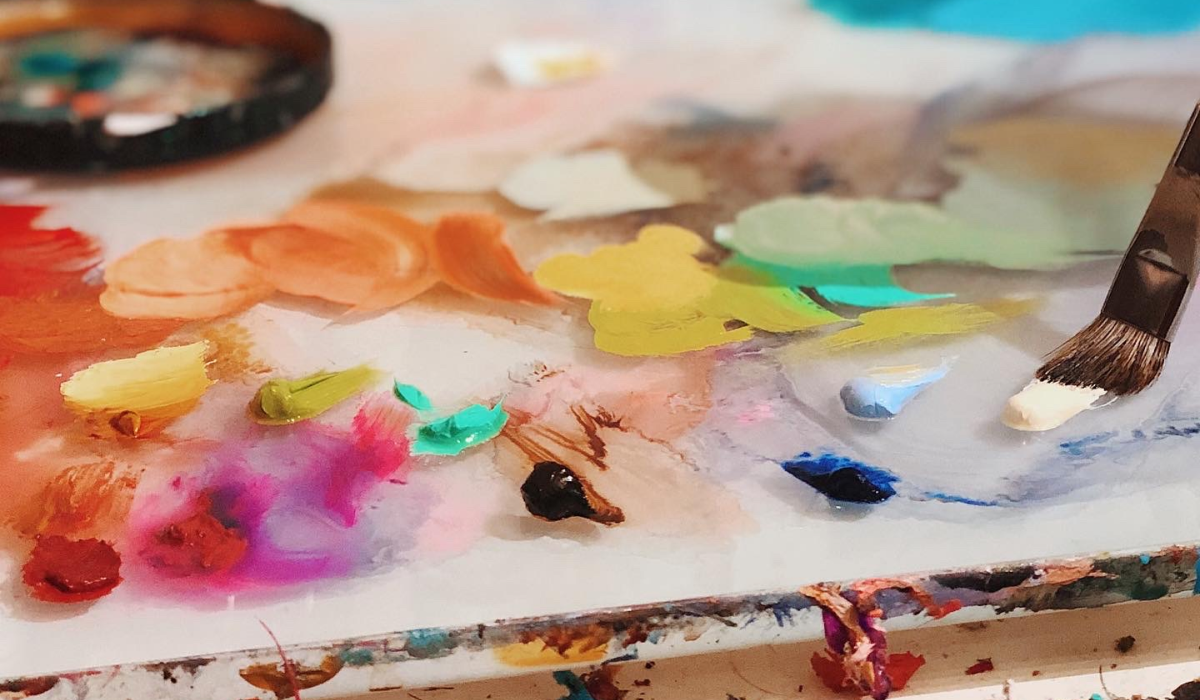
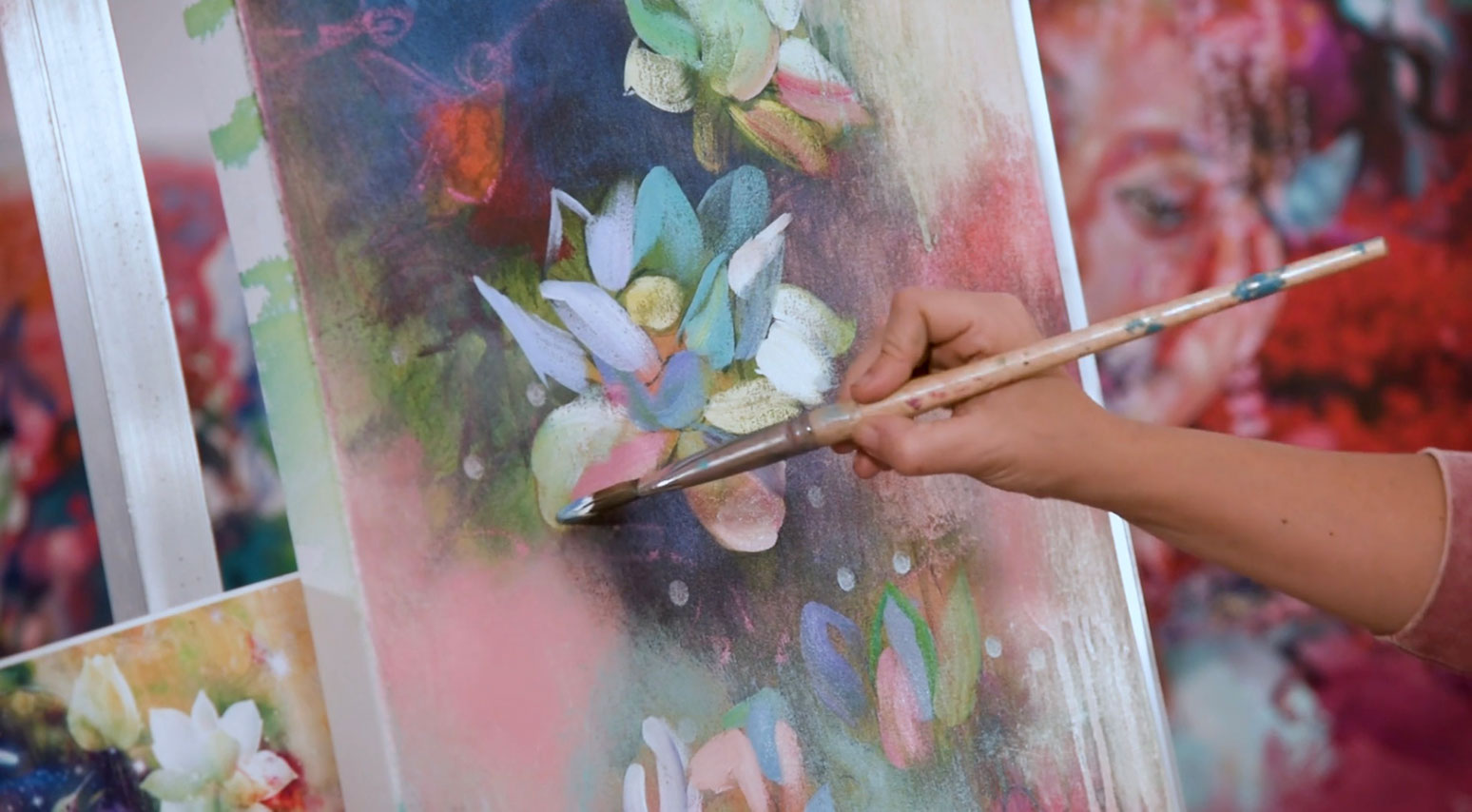
Post a comment